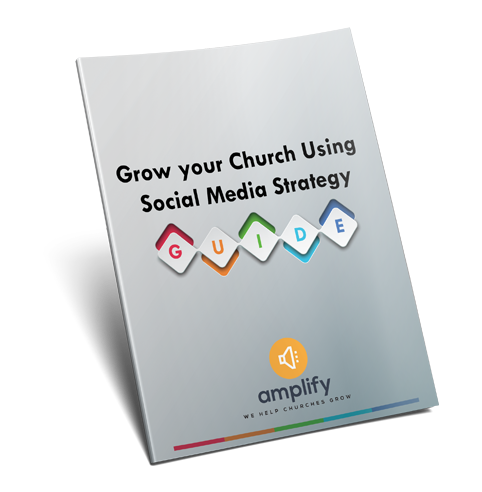I’ve gotten some calls as of late due to the fact that we transitioned from having a mid-week service to going completely to small groups in leiu of a mid-week. Most of the questions I’ve received are pretty similar, so I decided to post how we transitioned successfully (read: minimal casualties).
#1 – Share the vision for small group ministry – This is the most important component. If you don’t share the vision about the life changing aspects of small group ministry, no one is going to buy in. Mutiny takes place when those following don’t trust the leader because they don’t believe he has any clue as to where he is going. But when you set the course and explain the benefits, it puts people at ease.
#2 – Share the goals of the church – How does transitioning to small groups fit into the whole scheme of the bull’s eye for the church? When people see that greater life change is possible in small groups than in a larger mid-week service setting, they will flock to groups because we are all looking for God to change us.
#3 – Start with your leaders – Share the vision with them first. Don’t let your leaders hear about this second hand. We met with our leaders and I shared the vision and explained that this decision to make a transition was the result of over a year of prayer. We explained the life changing nature of a smal group environment and I shared about my personal experience in leading a group for college students that produced great fruit for the kingdom. This also gives leaders with teaching gifts the opportunity to use those gifts and lead others.
#4 – Be prepared to answer questions – That means you need to do your homework! See how other churches have done it. Find out what curriculum they use. Why is that best? How does it compare to others? Does this curriculum fit within your church context? Does this mean the Pastor is going to have Wednesday’s off from now on? (By the way, the answer is no)
#5 – Get your staff and leaders involved – when we started our small groups, we started with our leaders and the staff led the groups. Now we have others leading and the staff leads as well. It gives people a sense of how important it is for everyone to be involved in groups when everyone (including the Senior Pastor) is involved.
#6 – Bring in the big guns – We consulted with a small groups expert who helped us tremendously in developing our strategy and organizing our curriculum. he answered the questions we had, because even though we knew this is where God wanted us to go, we had never been there. So his expertise helped us tremendously.
#7 – Stop teaching on Wednesday night – (this one is for Senior Pastors) – If you are the main speaker on Wednesday night, start the transition process by bringing someone else in to teach the mid-week service. This will free you up to further develop your small group ministry and allow you to further train your staff and leaders on how to lead a small group. As you shift your priorities, people will shift theirs as well.
#8 – Be honest – I realized that people viewed our mid-week as our alternate service to the weekend. So I shared that and showed how unproductive it was to reproduce what was taking place on Sunday on another night of the week with a different message (And most people have NO IDEA what it takes to put a message together), set up, tear down, children’s ministry, etc… But we also shared that small groups would do far greater than one more Bible study ever could. Because there needs would be meet, discipleship would take place, friendships would be formed, and soon the one being discipled could turn and disciple someone else younger in the faith, thus fulfilling the great commission.
#9 – Be patient – People are resistant to change. So give them time to adjust and settle it in their hearts. When you share your love for them and that this transition is for the benefit of every person in our church, people will respond.
It had been 6 months since we transitioned from our mid-week service to groups and I maintain it is THE best decision we have ever made as a church!

